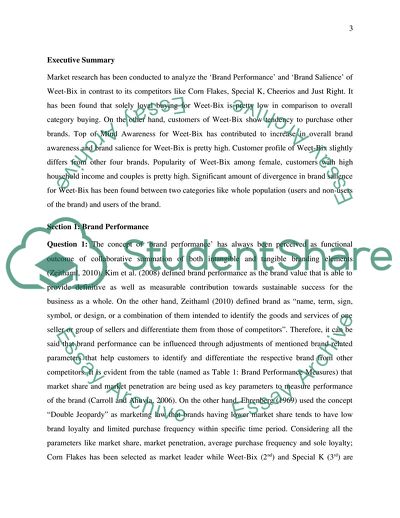Cite this document
(Buyer and Consumer Behaviour: Weet-Bix Case Study, n.d.)
Buyer and Consumer Behaviour: Weet-Bix Case Study. https://studentshare.org/marketing/1829644-buyer-and-consumer-behaviour
Buyer and Consumer Behaviour: Weet-Bix Case Study. https://studentshare.org/marketing/1829644-buyer-and-consumer-behaviour
(Buyer and Consumer Behaviour: Weet-Bix Case Study)
Buyer and Consumer Behaviour: Weet-Bix Case Study. https://studentshare.org/marketing/1829644-buyer-and-consumer-behaviour.
Buyer and Consumer Behaviour: Weet-Bix Case Study. https://studentshare.org/marketing/1829644-buyer-and-consumer-behaviour.
“Buyer and Consumer Behaviour: Weet-Bix Case Study”. https://studentshare.org/marketing/1829644-buyer-and-consumer-behaviour.


